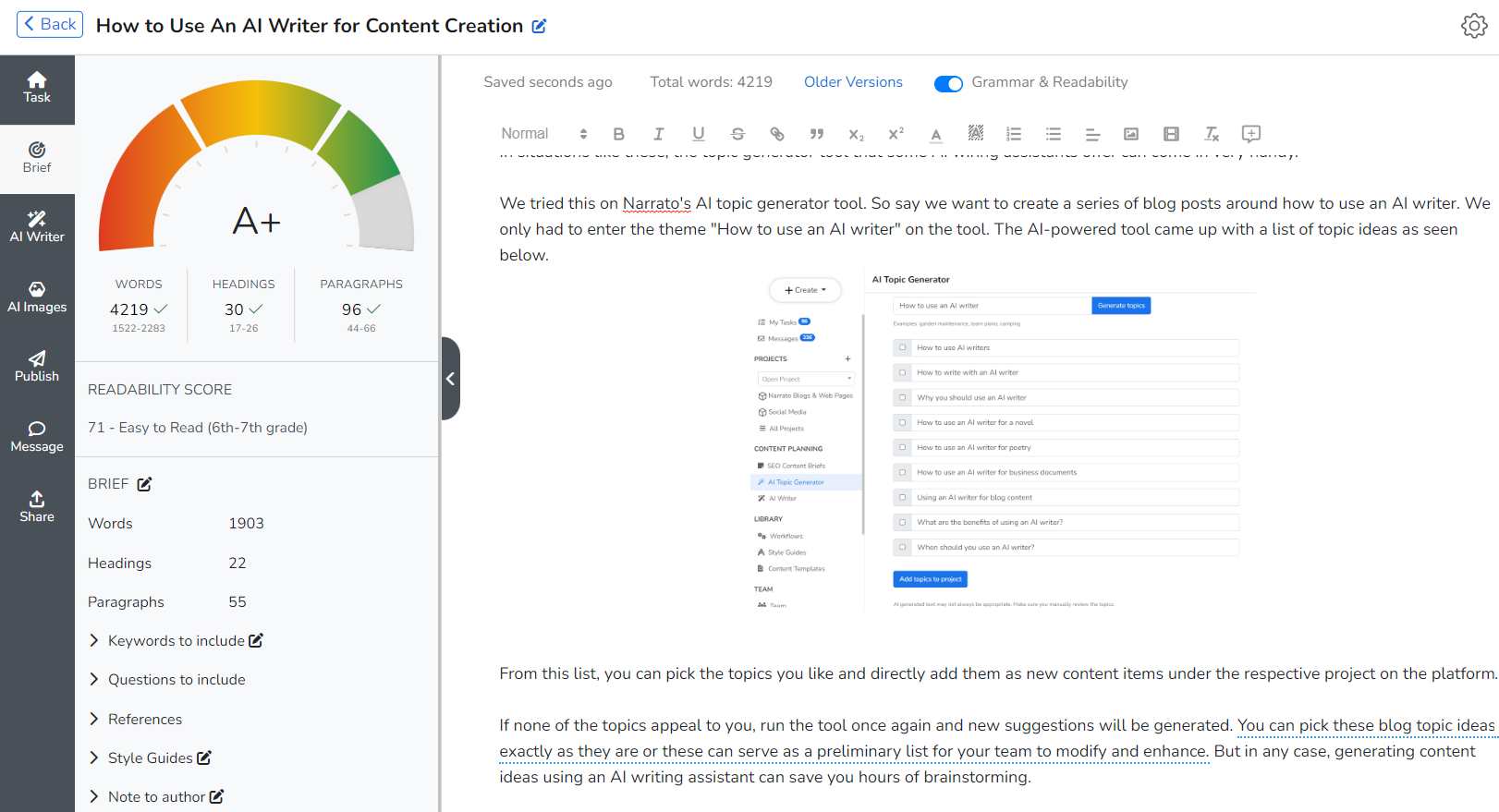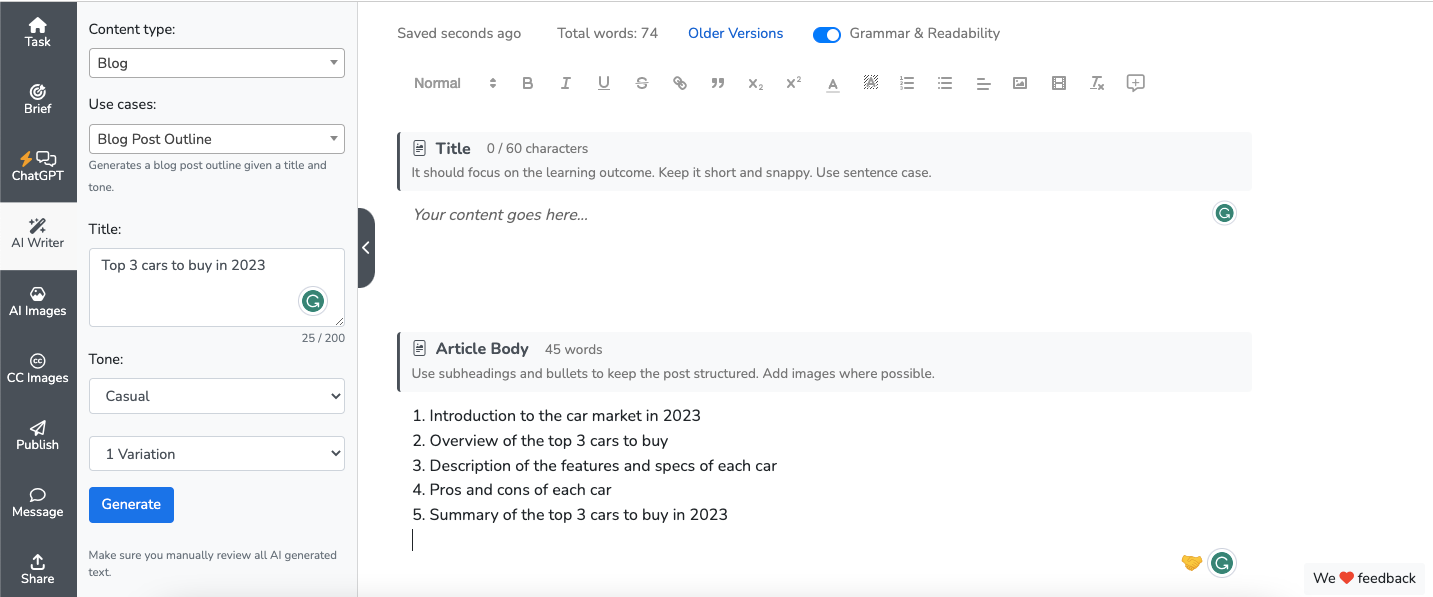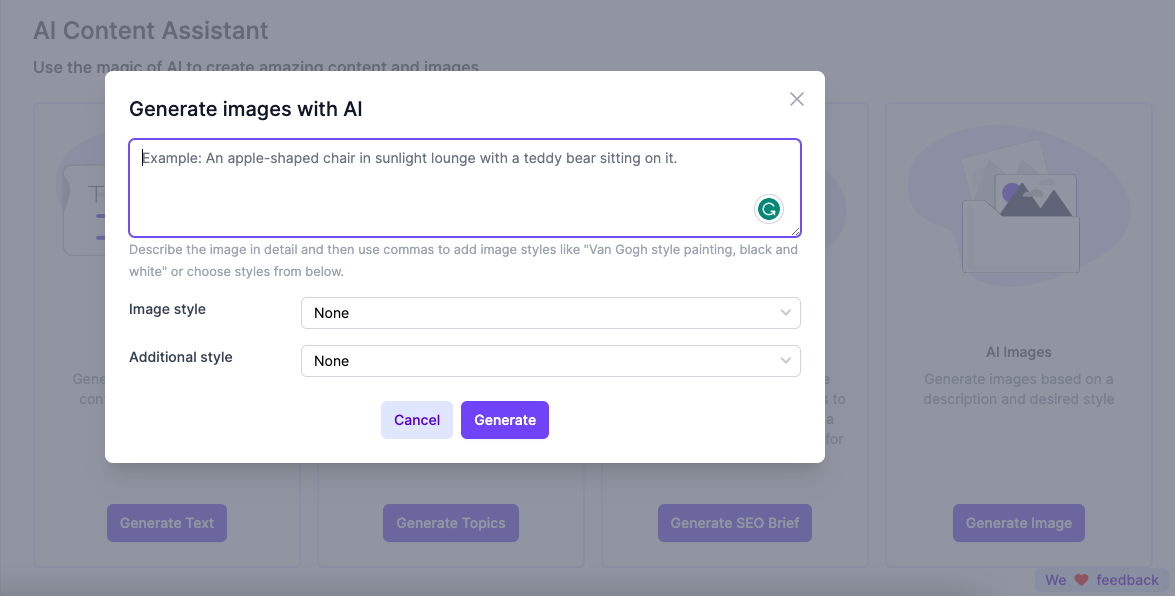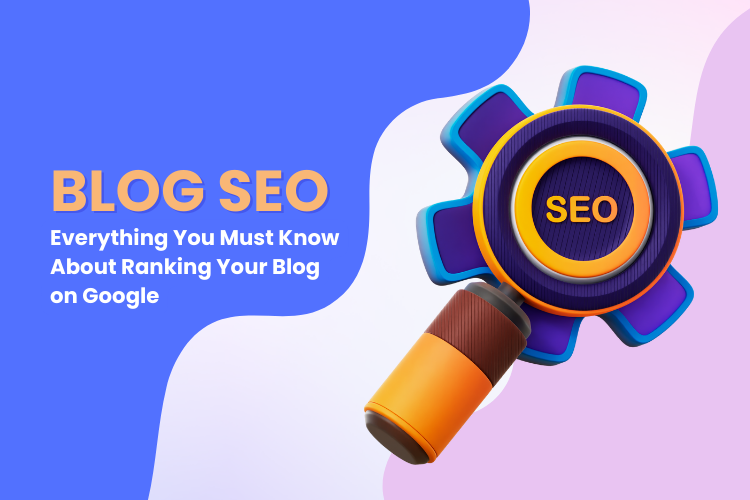If you want to be successful in today’s digital landscape, having a blog is not enough; you need to ensure it stands out amidst the sea of online content that provides real value to the readers. That’s where blog SEO comes into play.
Whether you’re blogging to build your business or writing just for fun, SEO blog writing is a great way to get your content out there and connect with people who are really interested in what you have to offer. With the right strategies for improving blog SEO, you can ensure that your blog stands out and get more people to visit it organically. SEO blog posts also help in establishing authority in your niche.
And we’re here to make that easy for you!
In the upcoming sections, we’ll explore some great blog SEO tips to help you optimize blog posts for search engines. Armed with these tips, you can build a solid blog SEO strategy and get your blog ranking on the first page of Google.
Let’s begin.

Blog SEO Tips to Boost Your Online Visibility
Blog SEO tactics usually involve a mix of on-page SEO and technical SEO strategies, like keyword optimization, adding headers, meta data, internal linking, improving page load speed, and more.
Let’s take a look at 8 easy tips that you can try today to give your blog a quick SEO boost –
1. Target the right keywords
To start off, you should have a clear idea of what search terms you’re aiming to rank for. It’s important to focus on keywords that are being used by your target audience when they’re searching online.
SEO with keywords should be done by taking into account the following factors –
- Search Volume: The frequency of monthly searches for a particular term
- Keyword Competition: The level of difficulty in achieving a high ranking for a specific keyword
- Domain Authority: The domain authority of your website has a direct impact on the ease of ranking for keywords
- Relevance: Prioritize keywords that attract relevant traffic to your site.
So the goal here is to target low volume, low competition, and preferably long-tail keywords. Google Keyword Planner can be a good SEO tool for finding such keywords. You can also make use of different browser extensions allowing you to find the best keywords to target. If you’re wondering “is Brave better than Chrome” in terms of extensions, they both have a large library of various useful extensions that you can use for your keyword research.
You can also use Narrato’s SEO content brief generator to get a list of keywords relevant to your topic. This tool generates a complete SEO brief with target word count, questions to include, references, and more.

2. Create a blog post outline for better SEO performance
SEO article writing is made simpler with an effective content outline. Having a comprehensive plan of what to include in the article allows for the writing process to become more efficient and effortless. A content outline can help you organize your thoughts around the target keywords. It can also help you determine the best place for adding quotes, figures, videos, and more.
Here’s a simple way to create a content outline using Narrato’s AI content assistant tools. Start with Narrato’s AI content idea generator to come up with an SEO-friendly title for your blog post. Next, move on to the AI writer, and select the ‘Blog Post Outline’ use case. Provide the tool with your title, select your tone, and the number of variations, and a content outline will be generated for you in a matter of seconds.

3. Focus on quality content
This one should be fairly obvious, but if you want to increase the reach of your blog post, you should be producing high-quality content that provides value to your readers. For one, your blog will organically get more visitors if the content offered is high-quality. Google will also rank your blog higher in the search results because content quality is one of the most important ranking factors for Google.
Here are some tips to create top-notch content –
- Create grammatically correct content, free of any errors
- Use reliable sources to provide accurate info
- Ensure that your content is 100% original
- Answer the questions asked by your target audience
- Provide actionable solutions
- Stay away from fluff
- Add headers (H2 and H3) sufficiently
- Make your content scannable
- Update frequently to provide relevant information
Narrato, the AI content workspace, provides a wide range of tools to help you create and optimize your content for better quality. When you create content on its powerful content editor, it will provide you with grammar and readability suggestions in real time. It also comes with a plagiarism checker tool that helps you ensure content originality.

4. Add relevant images, videos, infographics
Make sure to use images, videos, infographics, and other visual content to help illustrate and strengthen your content. Visual content increases dwell time, makes facts easier to remember, and makes your website more accessible to all readers. And if you add the target keywords in the image alt text and file name, it could also rank in the Google image search results.
While stock photos are good, overdependence on these images is generally not advised. You need your image to match the keyword, illustrate a concept and provide value at the same time. Narrato’s AI image generator can do that for you. These are AI tools that are capable of generating realistic look AI Images from your textual descriptions.

5. Optimize the meta description and meta title
A meta description serves as a preview of what one would find within the blog post. It gives your readers a chance to gauge if the blog post aligns with their needs.
Ideally, this meta description should be under 160 characters and should include the target keyword. It should also be compelling enough to get the readers to click. Narrato’s AI writer comes with an ‘SEO Meta Description’ use that makes this a whole lot easier.

For creating the meta title, remember to keep it simple. Since you’ll only get 60 characters, there is not a lot of room for creativity.
- Choose a meta title that resembles something that is already ranking on Google
- Include the keyword in the first half
- Add popular modifiers, like “Best SEO Tips for 2023“
6. Improve page load speed
Page load speed is an important Google ranking factor for both desktop and mobile searches. Fast-loading pages provide a positive user experience, ensuring that visitors can access and interact with your website without delays or frustration.
To improve your page load speed –
- Compress all images to be below 100 KB
- If yours is a WordPress site, install a caching plugin like WPRocket
- Minimize the number of redirects on your website as they add extra HTTP requests and increase load time
7. Add an FAQ section
You know those little boxes that show up at the top of the Google search page, providing a concise answer to your question? Those are known as featured snippets, and they’re great for getting more traffic to your blog.

To increase your chances of getting featured snippets, you can start by adding an FAQ section at the bottom of your blog posts. Include questions that your target audience is most likely to search for and provide brief yet clear answers.
8. Optimize the URL for SEO
By optimizing your URL structure, you can create user-friendly, descriptive, and search engine-friendly URLs that increase your click-through rates.
- Make sure that the URLs accurately describe the content of the page; keep it short and simple
- Incorporate target keywords
- Use hyphens (-) instead of underscores (_) to add multiple words
- Use lowercase letters to maintain consistency
Wrapping Up
Mastering blog SEO is essential for driving organic traffic and boosting your blog’s rank on Google. By implementing effective blog SEO strategies such as the ones listed in this article, you will be able to attract a wider audience and drive meaningful engagement. Remember, consistency, relevance, and a user-centric approach are key to unlocking the full potential of blog SEO.
